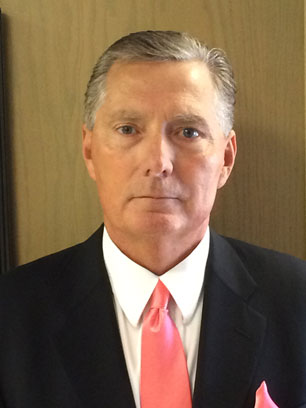The Top-Down Road To Quality
6/1/2014
However providers tackle their readmission rates, all their routes are going to lead through person-centered care, experts say. That phrase has become a bit of a marketing cliché of late, but advocates say it’s really as simple as making sure that care decisions are made either by the resident, or those closest to her.
 It’s a deceptively simple program. It’s a lot harder than anyone thinks. But there are a lot of ways to do it.
It’s a deceptively simple program. It’s a lot harder than anyone thinks. But there are a lot of ways to do it.
Tom Coble was an outsider to long term care when he became director of the for-profit Elmbrook Management Co. in Ardmore, Okla. A long-time executive trained as a systems analyst, he started at the top and worked his way down.
Along the way, Coble found that cost and quality don’t have to be mutually exclusive. (If it matters, three of Coble’s for-profit homes are rated four stars by Nursing Home Compare.)
Coble’s route to quality started from a desk at an offshore natural gas drilling operation on Feb. 28, 1993.
“On March 1, 1993, I was sitting behind a desk in the business office of a 126-bed skilled nursing facility, having never worked a day in health care in my life,” he says. “My background was in systems. When I got in the long term care business, it was very evident that the old system didn’t work.”
Finding A New Way
Coble’s view may seem like it’s coming from the stratosphere. But Ardmore, Okla., where Elmbrook is based, is the town where he was born and raised, so he knew better than anyone that those numbers he was crunching represented people he’d grown up with and cared about all his life.
Like many providers, Elmbrook was squeaking by on that wobbly combination of Medicaid and private pay.
“If you could change to Medicare, you could profoundly impact quality and cost in the health care setting, in general,” he says. And Coble figured out soon (and has remembered it ever since) that pitting costs against quality is making a distinction without much of a difference. Each time an ambulance took a former friend or neighbor to the hospital, it took lots of wasted dollars with it, Coble says. Saving the one meant saving the other.
‘Once I Caught My Breath’
“Not only are we sending people to the hospital that didn’t need to go, but they’re coming back sicker than they were when we sent them over,” Coble says. “Once I caught my breath from realizing what I’d gotten myself into, it became very apparent that we could take care of the majority of these people in our facilities, but guess what? The rules don’t allow us to.”
Pursuing the quality benchmarks of a Medicare-certified care center allowed Elmbrook to “realign” its services to meet the growing acuity of Elmbrook’s residents, Coble says.
But by tackling Medicare quality standards, Coble found that he was also addressing another nagging problem: reassuring his friends and neighbors that the people they cared about were being cared for.
“The hardest decision any family makes is to put their loved one in a nursing home,” he says. “I don’t care what anybody says.”
They Have A Voice
The data Coble crunches routinely don’t show how often a resident is hospitalized simply because his or her family is stressed out by the enormity of the new life changes in a skilled nursing center, Coble says. But he saw that making the residents and their families feel at home at Elmbrook meant that they were less likely to push the panic button. That, in turn, made the experience in the home that much better, which in turn made things feel much more like home.
Today, whenever a resident is admitted to an Elmbrook center, he or she is observed using the “Stop and Watch” tool of the INTERACT system, Coble says. It’s written in plain language, and it’s handed out to everyone who has any dealing with the residents.
“We put those in admission packets, we give them to our therapists that work in our buildings and to family members, so that if they think there’s a problem or something going on that we’ve missed in caring for their loved one, they have a voice,” he says.
Coble continues to crunch his numbers. But he knows enough about person-centered care to know the limits of his own expertise, he says. “I’m the last one who needs to be involved in care decisions,” he says.